How to Write Fiction Sales Copy: Chapter Nine (Last)
HOW TO WRITE FICTION SALES COPY
CHAPTER NINE
(Summary. This book is coming about because I need to write 32 story blurbs for the 32 short stories I wrote in July for a book titled Stories from July.)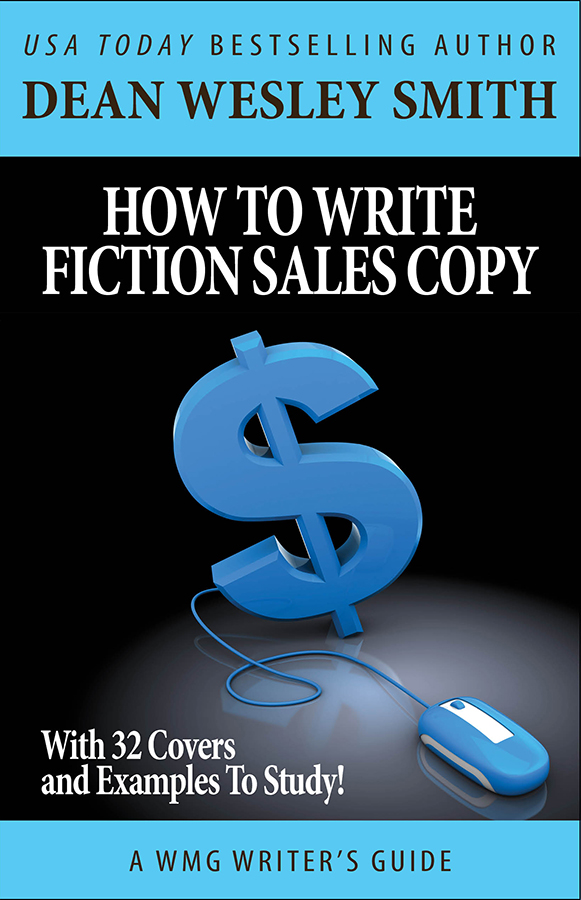
In the first chapter of this book, I touched on what I call “The Author Problem” and gave a basic formula that I sometimes use to give blurbs a structure.
And in chapter two I laid out another formula for writing blurbs.
In the third chapter I talked about a method Lee Allred uses.
In the fourth chapter I talked about the idea that sometimes using first lines can help.
In the fifth chapter, I talked about focus and using setting to get through problems with blurbs.
In the sixth chapter, I mostly used a focus on character only. No or little plot. Just character in the blurb.
In the seventh chapter, I focused on using genre devices and tropes to blurb a story without giving any plot away. Readers know genres and what they love, so by using a genre structure in a blurb, you can bring them into a story.
Another good way to blurb stories is by author reputation. Or pull quotes to help a blurb get the reader into the story. But not doing that in this book since my purpose for writing these is to be in their own book. I might add some of that in for blurbs on Amazon and Kobo and on the back of the paper editions. So keep that in mind as well.
So now I have five blurbs left to write. Instead of focusing on different techniques, I’m just going to write these blurbs and talk about what I used for each blurb and why.
But do keep in mind the seven major techniques used to build a sales blurb.
—-
The Case of the Lost Treasure: A Pilgrim Hugh Incident
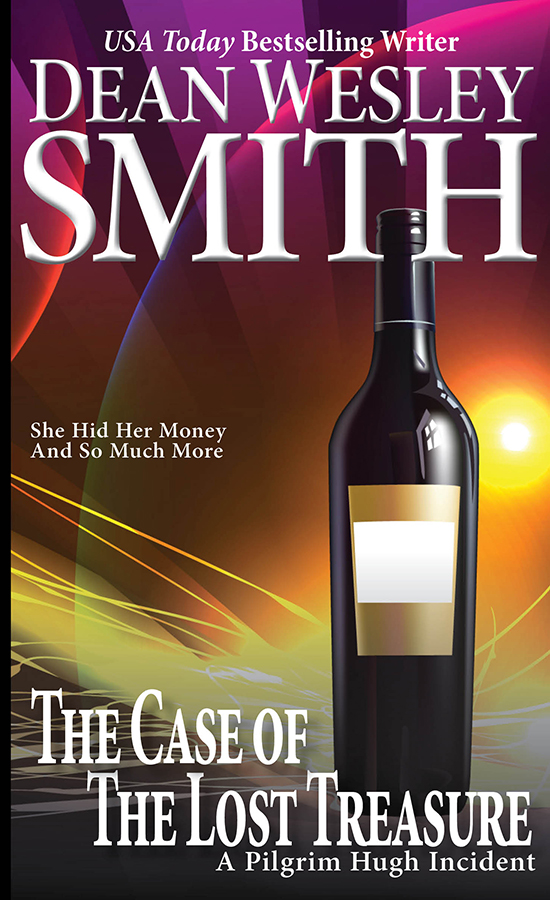
Hired by heirs to find two million in treasure hidden in a completely empty house, Pilgrim Hugh finds himself stuck.
The house sparkles and no stick of furniture remains.
Original house plans show clearly that no room hid behind any walls. And millions of dollars in cash takes up a bunch of room. But where?
A puzzle mystery that stumps for a short time even the great Pilgrim Hugh.
—
I returned to the focus on plot and genre structure on this blurb.
I set the problem in the first paragraph and introduced the viewpoint character.
I set the scene in the second paragraph.
I banged on the problem again in the third paragraph, all of which is on the first page or so of the short story.
Last paragraph not only sets the genre clearly, but gives a hint to Pilgrim Hugh fans that this is a different story because Pilgrim Hugh seldom gets stumped by anything.
—
A Study in an Accident: A Bryant Street Story
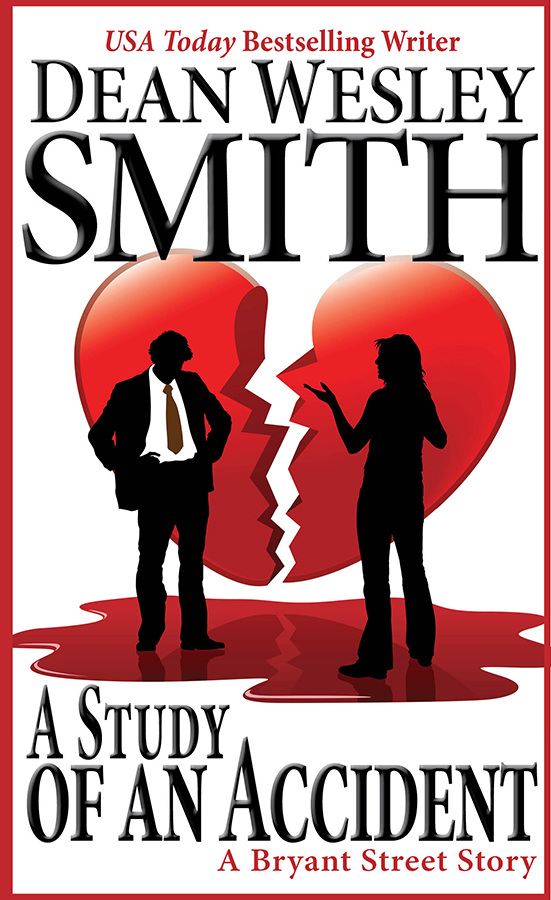
Dan remembers clearly the time before the accident.
He remembers his wonderful wife and daughter. Impossible to forget. He refuses to eat or work or even move most days.
He made a mistake, they died. He lives. He blames himself for their deaths.
Someone knocks on his home door. And the truth flips as only it can on Bryant Street.
—
Very difficult story to blurb as many Bryant Street stories are. Any hint at the plot on this one will toss the entire value of the story away.
I went with everything from the first page. Background, his wife, his state of mind, all in the first two paragraphs.
Then I say he made a mistake and blames himself for their deaths without going into how he blames himself in any fashion.
The one plot element I put in was in the last paragraph. Someone knocks on his door. That is a plot element, but it spoils nothing and gives nothing away. Then I wrapped it back to Bryant Street with the last line.
I hope the puzzle will get readers to join a character feeling sorry for himself long enough for the plot to kick into gear. Tough to do in a blurb. Really tough.
—
The Lady of Whispering Valley: A Buckey the Space Pirate Story
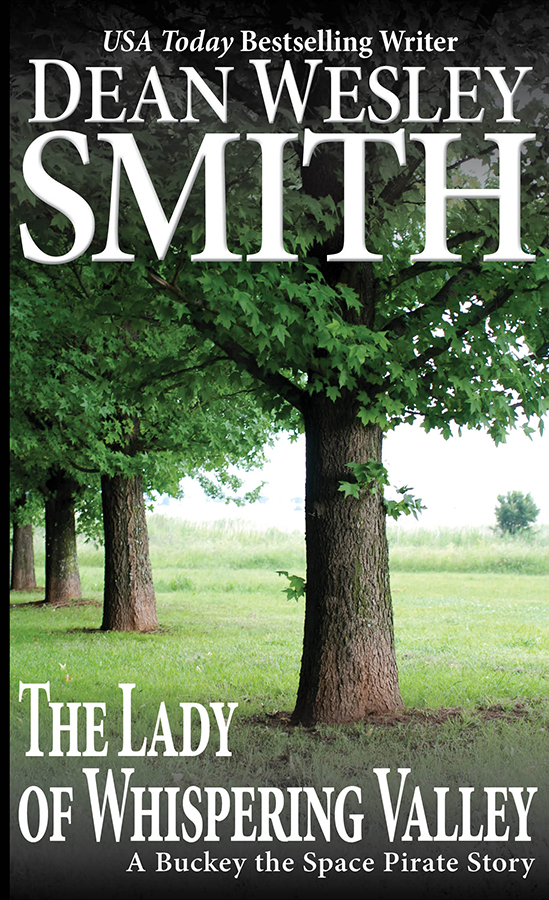
Buckey’s best friend loves to recite limericks and can travel in time. Not bad for an oak tree named Fred.
But Fred must help Buckey and the love of his life find a way to live together. Not an easy problem considering Mary lives a hundred years in the past.
But an oak tree that recites limericks knows tricks of time.
Can true love be blocked by the simple passing of time?
And can Fred come up with a limerick that fits the situation in time?
—
Yes, Buckey the Space Pirate stores are as strange as they sound. Maybe even more so.
The first Buckey story I ever sold was back in the early 1980s. It was called “The Sexual Voyage of the Starship Shirley” and from there Buckey got really strange. And then he met Fred, the talking and time-traveling oak tree.
So how to blurb a story that has a ton of history, much relayed in the first two pages?
I just focused on the characters, which should be interesting to most anyone.
Then a quick point of the problem of the story, then more on the characters.
The goal was to show the strangeness of these stories.
—
The Rude Improbable Presumtive: A Poker Boy Story
He calls himself The Presumptive.
Poker Boy thinks that might be the most stupid nickname he ever heard at a poker table.
So Poker Boy calls him Idiot Boy (but not to his face) because of the name and the guy’s bad play.
But in Poker Boy’s world, nothing ever turns out the way they look. Even for Idiot Boy.
—
(Cover will be added in the book since it is one of the new Poker Boy covers.)
All first page introduction stuff in this blurb. I make it clear that Poker Boy is at a poker table in this story, which happens about one in ten stories.
Then I put in the first line, only with the tense changed. So used that technique.
Then I just did quick character introduction of Poker Boy and his opinion of the other guy.
Last line I twisted it into a warning that Poker Boy stories are never what they seem. Good for new readers and fans of Poker Boy.
—
Start With A Coffin: A Captain Brian Saber Story
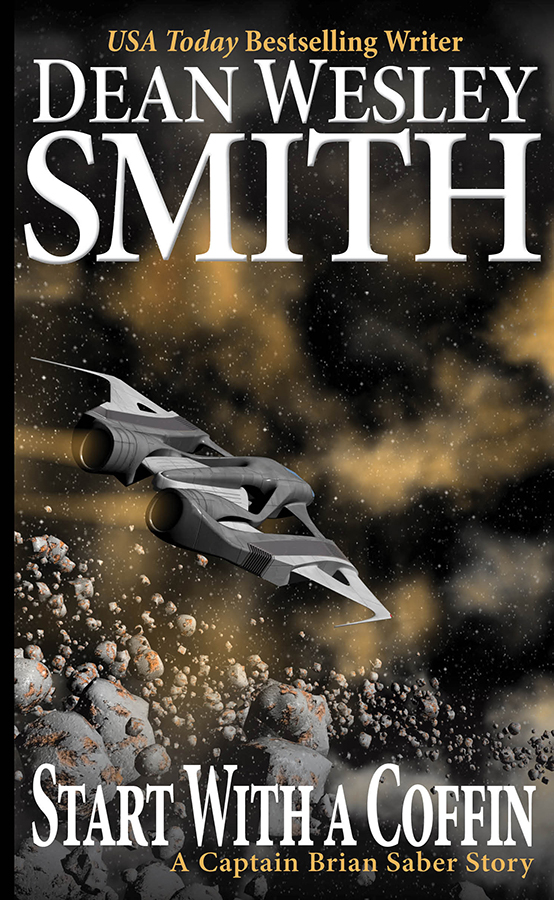
Brian Saber awakes with a start in his nursing home room.
On missions, Captain Brian Saber defends the Earth Protection League in his warship The Bad Business. Tonight, he will be asked to do a very special mission without fighting.
But he loves any chance to be young again and help the league in deep space on the very edges of League space.
Swashbuckling space battles in deep space, fought as only those in the last days of their lives can fight. No alien finds safety around Captain Brian Saber.
—
This last story in the book might have been the hardest to write sales copy of them all.
I call this my old-people-in-space stories. Because of an issue with the connection with space and time and matter, a person regresses in age when in faster-than-light travel.
So for a century, since the days of Atlantis when the Earth Protection League was founded, old people from Earth were recruited to defend the frontier. Saber would be in his eighties and stroke-ridden on Earth, in his twenties near the boarder.
And, of course, there’s more, far more than ever could be put a story blurb.
So I started the blurb with the first line of the story, altered slightly.
Second paragraph I put in the summary of the plot first page. Plus a little more about his ship.
Third paragraph is back on character opinion of Brian Saber.
Fourth paragraph I flat just tell the readers what the story is about, then bring in Brian one more time.
Author Problem Check
Did I get into any author problem on any of these five stories?
I think I stayed out of the author problems once again, looking back.
Notice, this review is a pattern every chapter that when you write sales copy, you also should do.
Were there any passive verbs in any of the three blurbs? Nope, none that I can see.
Did I once go “and then this happens” with the plot I did reveal? Nope. I basically revealed no real plot on any of these except what happened on the first page of the story.
I don’t think any blurb had author problems this chapter.
Summary
In this book I outlined seven different approaches to writing sales copy for stories. Seven different structures.
And in the last two chapters I showed how you can mix and match the different forms as a story demands.
Remember, in writing sales copy, you must stay out of plot and keep every verb active. That is much, much harder than it sounds for an author who wrote the story.
So do the review as I did every chapter.
Stay on the plot from the first page and restructure every sentence to make it active.
Then, and even more importantly, think what readers will want.
— Will the blurb be interesting to some readers?
— How will they feel reading the blurb and looking at your cover?
— Does your blurb tell the reader they don’t want to read your story. Too graphic, too sexual, things like that.
— And if the reader thinks they know the entire story from your blurb, they have no reason to buy it.
So always think about readers on the other sides of your words when writing sales copy.
One Last Word
These blurbs were designed for a single book. If they were going to be on back covers or in Amazon, I would add something about the author.
But my name is on this book and the blurb of this book and the author bio talks about me, so I didn’t add that part into each blurb.
But when these go into stand-alone form, I will add the author pitch part of each blurb, sometimes at the start, sometimes at the end. But it will be there.
So don’t forget that element, even if all you can says is “Author of the (blank) series, (author) brings you another…”
Sales.
It’s a hard word for writers to get their minds around. But it can be done.
So in writing story blurbs, there are structures. If in doubt, just use a structure, stay out of too much plot, and keep all verbs active.
Have fun.
8 Comments
Kate Pavelle
Thanks for sharing, Dean! I’ll have to reread and take some notes while this is all up. Watching you go through the process has been invaluable. I’m especially intrigued by the Bryan Street blurbs, which means I’ll be looking forward to your collection coming out!
Have a great weekend.
Dale Hartley Emery
I spotted two instances passive voice, and a few more uses of “to be” that are not technically passive voice, but also not active verbs in the way you advise.
– “The Lady of Whispering Valley” fourth paragraph is passive.
– “The Rude Improbable Presumptive” second paragraph has a “be.”
– “Start With A Coffin” second paragraph has passive voice, and the third has an inactive “be.”
“To be” seems to hide from me even when I look for it. I have to use my software’s “Find…” feature to find them all.
Dave Raines
This is what I think: I think I want to read this book. Therefore I think the blurbs did their job. Thanks for letting us peek over your shoulder as you wrote them.
Dane Tyler
I’d just like to voice my gratitude again for the great lessons here, Dean. I really enjoyed this and can’t wait for the final book. I think I’ll wait until it’s available in print so I can actually have a reference manual of sorts.
A fantastic resource. I’m actually looking forward to seeing if I can apply the information yet. All my stuff needs new blurbs.
Tori Minard
Dean, because of this series I’ve been rewriting my own blurbs. Boy, was there a lot of plot in those suckers. I hope the new ones work better! Anyway, I can hardly wait for the book to come out. I’ve gotta read those stories!
John D. Payne
Thank you so much for doing this. Reading through all of these and seeing you dissect them has taught me so much about how to write better sales copy. Just knowing about the author problem alone has entirely changed the way I think.
Here’s the blurb for my current project, a novel called Best of All Possible Worlds:
>>
MIT grad student Lem Daude wrote off the girl of his dreams after she stopped returning his texts and calls.
But on his way to a sci fi convention, she crashes back into his life and reveals her secret.
Pris Ulbright is not just the hot hipster chick from his bus stop. She’s a shape-shifting undercover intelligence operative from another dimension. And she needs his help.
They have one weekend to clear her name, save the planet, rekindle their romance, and– of course– rock the convention. In the best of all possible worlds, they can do it all.
>>
Maybe not all the way there yet, but light years ahead of my previous (passive, plot-filled) attempts. Thanks, Dean!
dwsmith
John, still all plot I’m afraid. And the third paragraph all passive. Harder than it looks, huh? (grin)
John D. Payne
So it is. Dang.